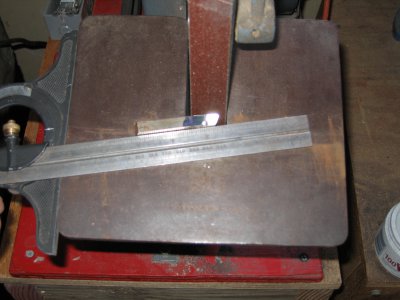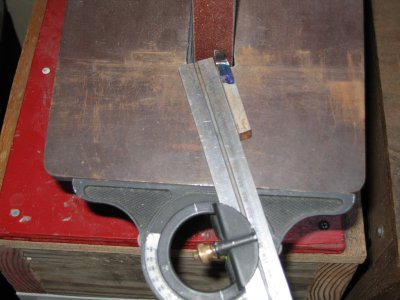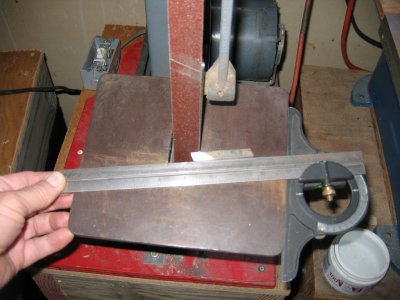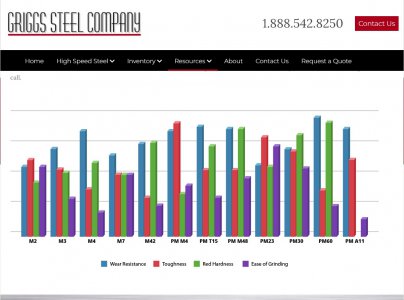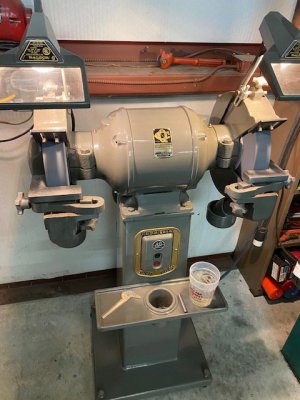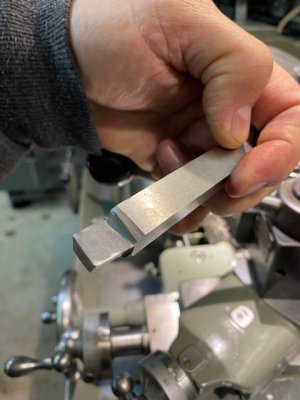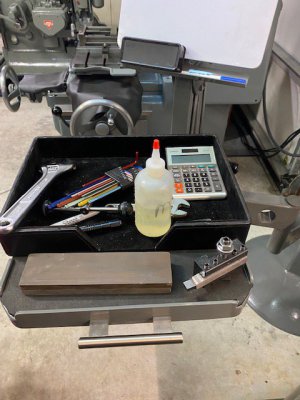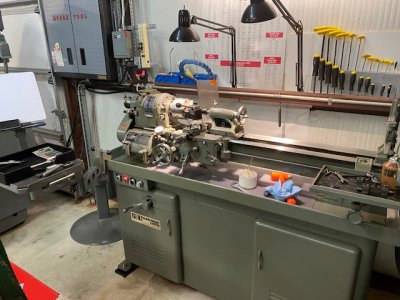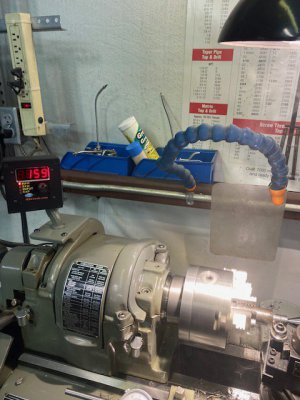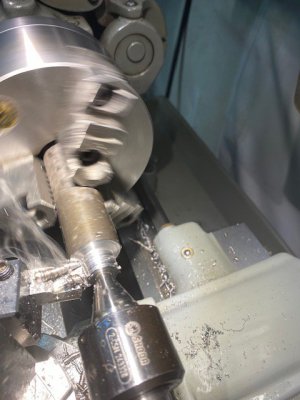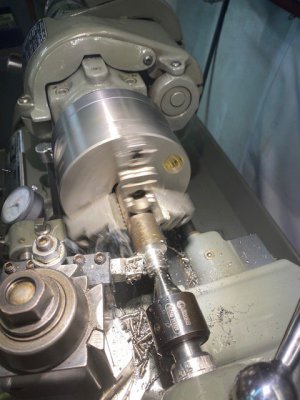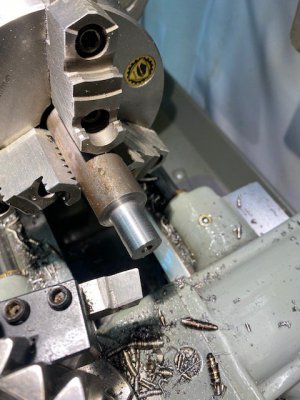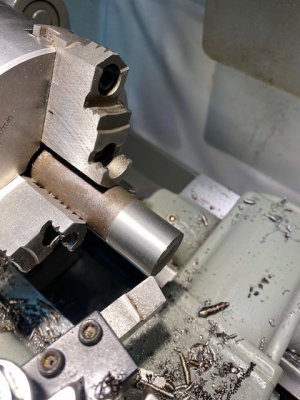- Joined
- Dec 15, 2022
- Messages
- 65
^^^ Yeah, this is where my head is at the moment.
I appreciate everyone's links and details on how to grind, but that's just not where my skill level is yet so I'm trying to avoid tackling that right now... thus my buying a pre-ground set. I was only asking about sharpness due to my questioning exactly how good my pre-ground set is and the very small alteration I did on the radius.
I appreciate everyone's links and details on how to grind, but that's just not where my skill level is yet so I'm trying to avoid tackling that right now... thus my buying a pre-ground set. I was only asking about sharpness due to my questioning exactly how good my pre-ground set is and the very small alteration I did on the radius.


